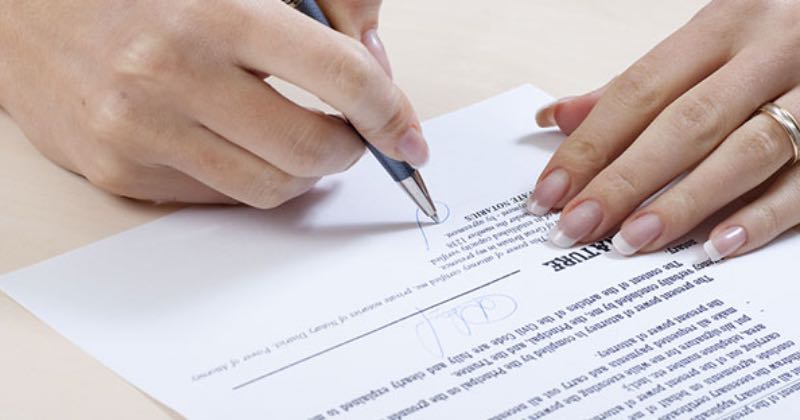Power of Attorney, or POA, is a legally-binding agreement that allows another person to act on your behalf for financial, legal, or health matters. Unlike conservatorships and other relationships, your decisions are not superseded by your power of attorney.
Instead, it simply gives a person or organization the right to speak on your behalf in your absence. In order to assign power of attorney, a written document must be crafted that states the power you’re granting another person or organization and the time frame in which the power of attorney will be valid. Due to the importance of this document, let’s review the steps for creating a power of attorney agreement.
Understanding the Powers You Want to Assign
When creating a power of attorney agreement, you must first understand the specific powers you’re assigning. There are three categories of power of attorney agreements: an agreement that assigns general powers, an agreement that assigns special powers, and an agreement that assigns health care powers.
Depending on the type of agreement you sign, you may be giving someone the right to access your money, enter into contracts in your name, purchase and sell property on your behalf, and so on. Thus, you must determine the purpose of the power of attorney agreement.
For instance, do you want someone to be able to make important decisions on your behalf when you approach old age? Are you a member of the armed forces who needs someone to be able to handle your affairs when you are deployed? By asking these questions, you’ll be able to decide upon the best type of power of attorney agreement for you and the length of time it should be active.
Selecting a Power of Attorney
After determining your need for the power of attorney agreement, you must determine the person you would like to assign power of attorney. It can be a relative, financial adviser, lawyer, or any number of people, but above all else, they should be trustworthy as well as mentally and physically able to act in your best interest on your behalf.
When selecting a power of attorney, you should discuss your desires and intentions with him or her and clearly state what you expect from them. Also, you must determine how long you would like the power of attorney to remain valid because you can assign power of attorney for any specific amount of time.
Drafting a Power of Attorney Agreement
Finally, you need to select a lawyer to draft a legally binding power of attorney document. If you choose not to use a standardized power of attorney form for your state, you must ensure the document doesn’t contain any ambiguities and clearly states the specific powers you are assigning.
By not doing so, the power of attorney agreement may become susceptible to court challenges from third parties regarding its validity. Ultimately, the signed power of attorney document should accurately reflect the concerns you addressed during the first step.
When the power of attorney document has been successfully drafted by an experienced attorney specializing in such agreements, it must be signed by both you and the person you’re granting power of attorney to. Lastly, the document must be notarized, preferably with another witness present.




